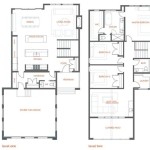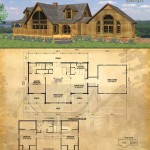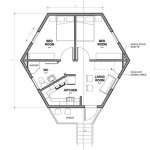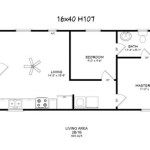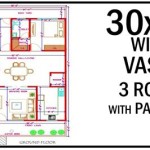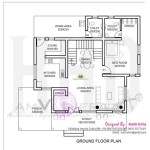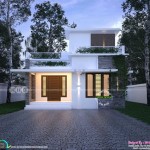Essential Aspects of Tumbleweed House Plans
Tumbleweed house plans, renowned for their affordability and sustainability, are gaining popularity among homeowners seeking eco-friendly and cost-effective dwellings. These homes, characterized by their cylindrical shape, are engineered to withstand extreme weather conditions and offer unique living spaces.
Design and Construction
Tumbleweed houses are constructed using a frame of steel ribs or wooden studs, covered with insulating panels. The panels are typically made of cement-based materials, such as fiber cement or magnesium oxide boards, providing fire resistance and durability. The cylindrical shape allows for efficient use of space, maximizing interior volume while minimizing exterior surface area, reducing heating and cooling costs.
Durability and Weather Resistance
Engineered to withstand harsh weather conditions, tumbleweed houses offer excellent resilience against hurricanes, earthquakes, tornadoes, and fires. The curved design deflects winds and disperses forces more effectively than traditional rectangular structures. Additionally, the insulating panels provide insulation against extreme temperatures, making tumbleweed homes comfortable in various climates.
Sustainability and Energy Efficiency
Tumbleweed house plans prioritize sustainability and energy efficiency. The circular design optimizes natural light, reducing the need for artificial lighting. The insulating panels and curved shape minimize heat loss and gain, significantly reducing energy consumption for heating and cooling. Additionally, the use of sustainable building materials, such as recycled steel and wood, reduces the environmental impact.
Affordability and Flexibility
Compared to traditional stick-built homes, tumbleweed houses offer significant cost savings. The modular construction method and efficient material usage reduce labor and material costs. Additionally, the flexibility of tumbleweed house plans allows for customization and expansion, enabling homeowners to tailor their homes to their needs and budget.
Interior Design and Functionality
Despite their cylindrical shape, tumbleweed houses provide surprisingly spacious and functional interiors. The open floor plan creates a sense of flow and openness, while the high ceilings enhance natural light penetration. The curved walls create unique and cozy alcoves that can be used as bedrooms, living areas, or storage spaces. The lack of interior load-bearing walls affords flexibility in room arrangement.
Considerations for Tumbleweed House Plans
While tumbleweed house plans offer many advantages, there are a few considerations to keep in mind:
- Custom furniture may be required to fit the curved walls.
- The cylindrical shape can make it challenging to place conventional windows and doors, requiring custom solutions.
- The unique design may not appeal to all homeowners.
Conclusion
Tumbleweed house plans present a compelling option for homeowners seeking affordable, sustainable, and weather-resistant dwellings. Their unique design, durability, energy efficiency, and flexibility make them an attractive alternative to traditional home construction. By embracing the innovative features of tumbleweed house plans, homeowners can enjoy comfortable, environmentally conscious living spaces at a reduced cost.

Cypress 18 Building Plans Tumbleweed Houses

Elm 18 Building Plans Tumbleweed Houses

Tumbleweed House Plan Archival Designs

Linden 20 Building Plans Tumbleweed Houses

Certified Green Tiny Homes For Tumbleweed Houses House Company Floor Plans

The Compact Style Of Tiny Tumbleweed Homes House Company Floor Plans

Cypress Best Ing Tiny House On Wheels For Tumbleweed Company Floor Plans Homes

Tumbleweed House Plan Archival Designs

Tumbleweed Tiny Houses The Best House Plans Life

Tumbleweed Diy Tiny House Plans Houses Floor Company

